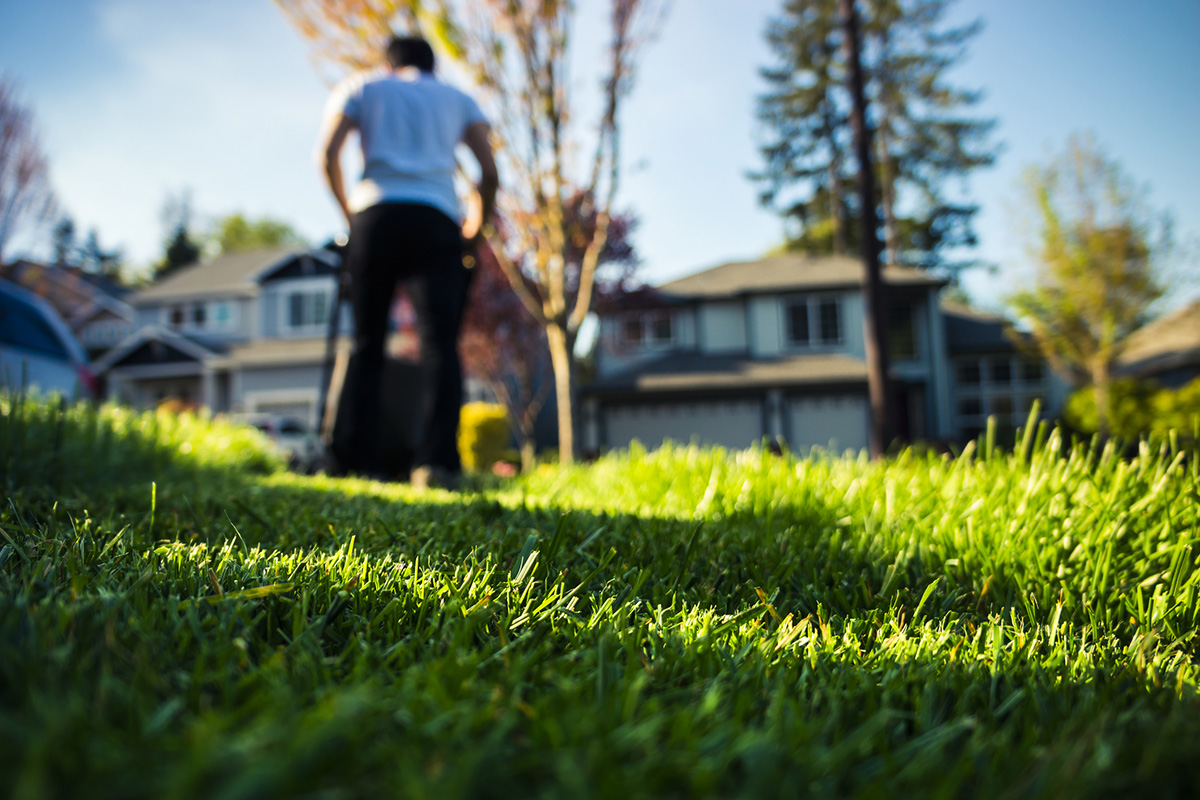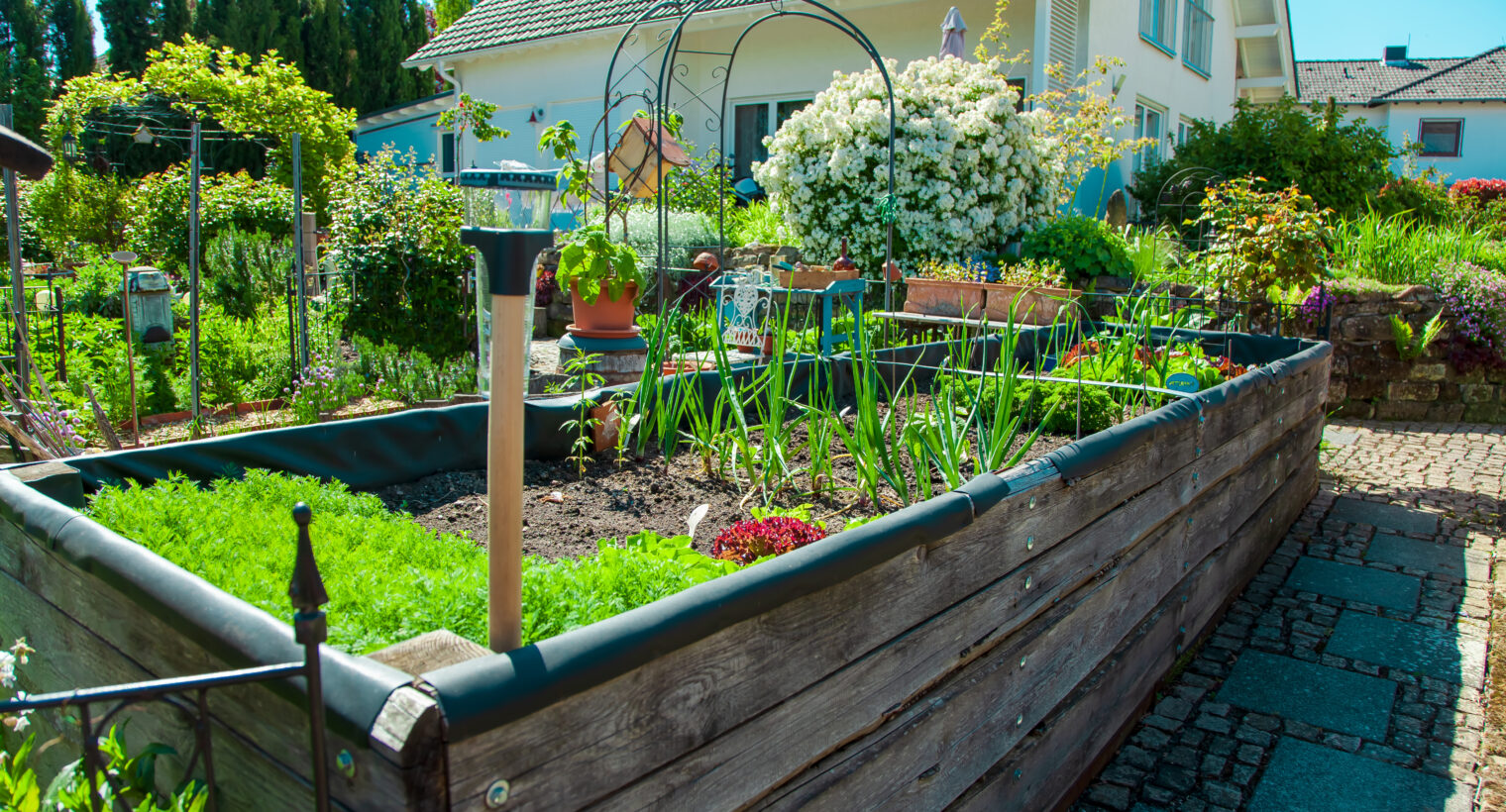By Sally Cunningham
_________________________________
Gardening in raised beds has become both popular and commonly recognized at last. While I and other garden writers promoted the concept in the 1990s (Great Garden Companions, Rodale Books, 1998; now Penguin Books), it has taken a couple of decades for the term and practice to become commonplace. Several reasons made this style popular: Urban gardening is bigger than ever before, nowhere more than in Buffalo, and compacted or possibly polluted urban soils call for easier, safer ways to grow food. The aging “Boomer” population of passionate, long-time gardeners also seek methods that are easier on the back and knees. Also newer homeowners and gardeners—Millenials and younger–have less time than ever before, while raising children, maintaining careers, walking dogs, and keeping themselves fit. A 20 x 40-foot plot in hard soil may be too much to handle, but they all want to grow some healthful food in their own yards. Enter the Raised Bed.
_________________________________
Choices
( 1 ) The elevated bed, not enclosed
A raised bed can simply be a mound of soil, flat on top, raked to a depth of several inches higher than the surrounding ground. The gardener uses the existing soil, probably mixed with some compost or new garden soil, and forms wide, elevated rows. I recommend 3-foot-wide rows with 18-inch paths between, the beds elevated at least 5 inches above the surrounding paths or ground. These have advantages over flat gardens because the gardener is less likely to step on the soil, and these beds drain and dry out quicker than flat gardens. Wait until soil has drained before starting the raking and piling up.
( 2 )The enclosed or framed raised bed
More likely an urban or small-space gardener will want an enclosed or framed bed, built using hardwood, rocks, cement blocks, straw bales, or heavy plastic products. Many kits are in the marketplace, so look around. If you’re using found planks or purchased hardwood, be sure it’s untreated wood. You can extend its life span by stapling heavy black plastic to the inner wall of the bed (not covering the floor). I also like the fabric Big Bag Bed (www.SmartPots.com) with many shapes and sizes—good for many years of easy planting.
Whatever your framing material, I suggest a raised bed 12 to 15 inches deep, or higher if the ground below it is truly impenetrable or damaged. (Before starting, rough up the soil underneath your raised bed. For ease of working from the sides, a 3-foot wide bed is convenient. Experience and evidence have shown that you can grow as many vegetables in three 6 x 3-foot raised beds as in a 200 square foot flat garden. Plan, assess the materials you have, or shop now.
Fill the bed
If your yard or the neighbor’s farm happens to have deep, rich topsoil, then use it, preferably with compost stirred in. Usually, you must buy garden soil, which is sometimes complicated. Be careful. Many products labeled “topsoil” are poor quality, heavy, or weedy. Go to professional, local, trusted sources rather than a corner store with a pop-up stand of soil bags. Ask experts in respected garden centers. If you buy topsoil or use some of your own in-ground soil, mix in as much compost as you can as an insurance policy to help with texture and nutrition.)
You can use professional potting mixes—necessary for container planting—but they are quite light for most raised bed gardening; mix them with a compost-rich garden soil. Some commercial products called “garden soil” are excellent. I have experience and confidence with the national brand Big Yellow Bag garden soil (available in WNY from Lakeside Sod; www.lakesidesod.com; delivered to your door.) It is ready for filling a raised bed and used as is, or it’s a great amendment to tired or compacted soil. Quality compost products come from EcoVerde Organics and several urban farm sources.
Nothing is more important for gardening success than the soil, so choose carefully.
Time spent gardening
Over the decades, I have learned that the time spent gardening is generally:
- – 40% Soil building, replacing, amending, covering, hauling
- – 30% Weeding or blocking weeds (wide rows, mulching, green cover crops)
- – 20% Watering (depending on time of year, drought, heat)
- – < 10% The fun stuff: Shopping, Planting, Dead-heading, Dividing, Pruning, Harvesting, Sharing
_________________________________
Recommended additional reading: Great Garden Companions, (by Sally Cunningham, Rodale Books, 1998, found at Barnes & Noble, Talking Leaves, other book stores and Amazon). It teaches organic gardening, which is gardening using nature’s principles—bio-diversity especially. In organic gardening we plant in wide rows, use raised beds, continually add compost and other organic matter to soil, and avoid synthetic fertilizers and pesticides. Pest prevention includes attracting beneficial insects and other pest-blocking methods. In “companion gardening,” herbs and flowers are mixed in among traditional vegetables. SJC – 5/15/23
_________________________________


